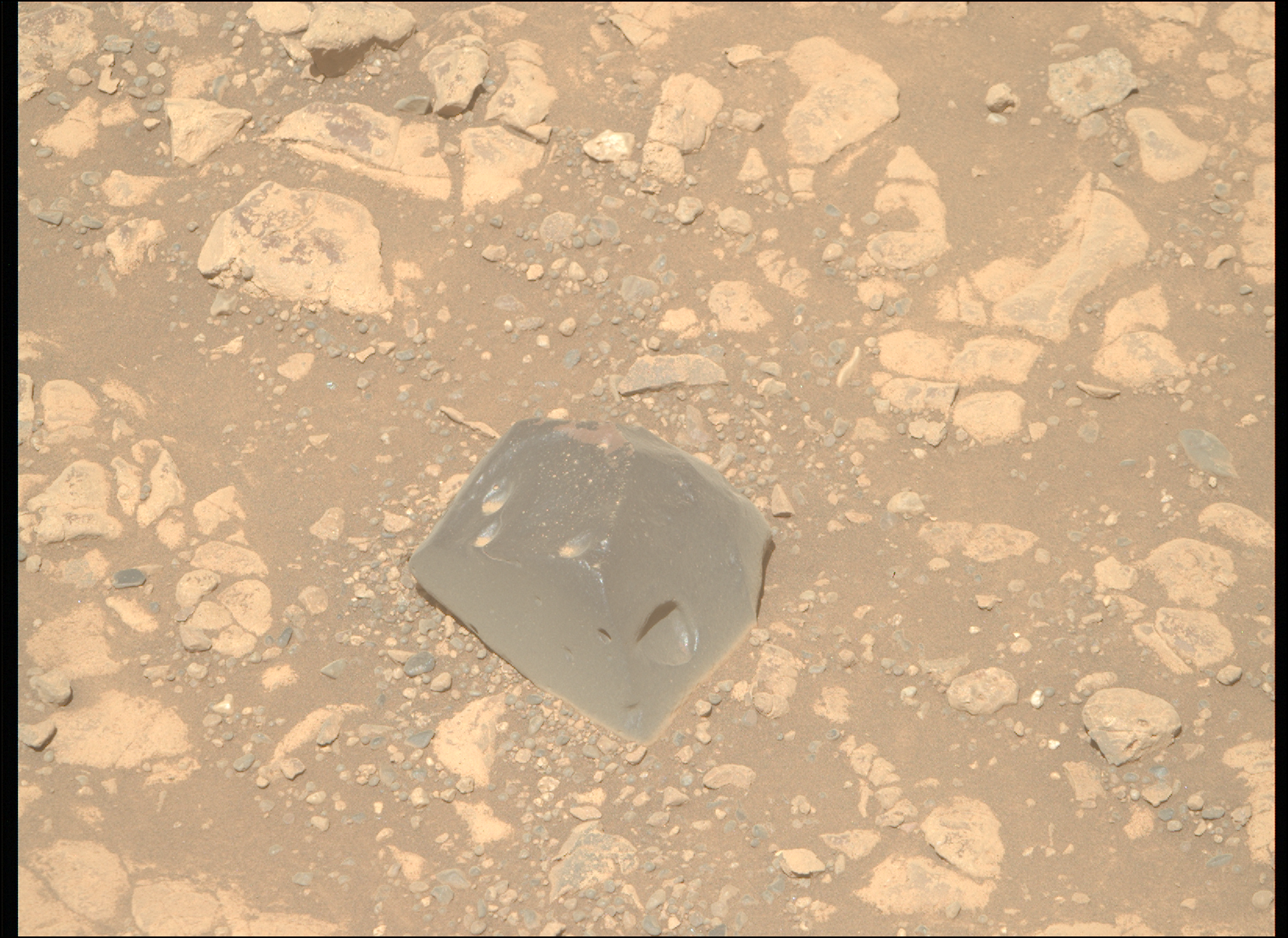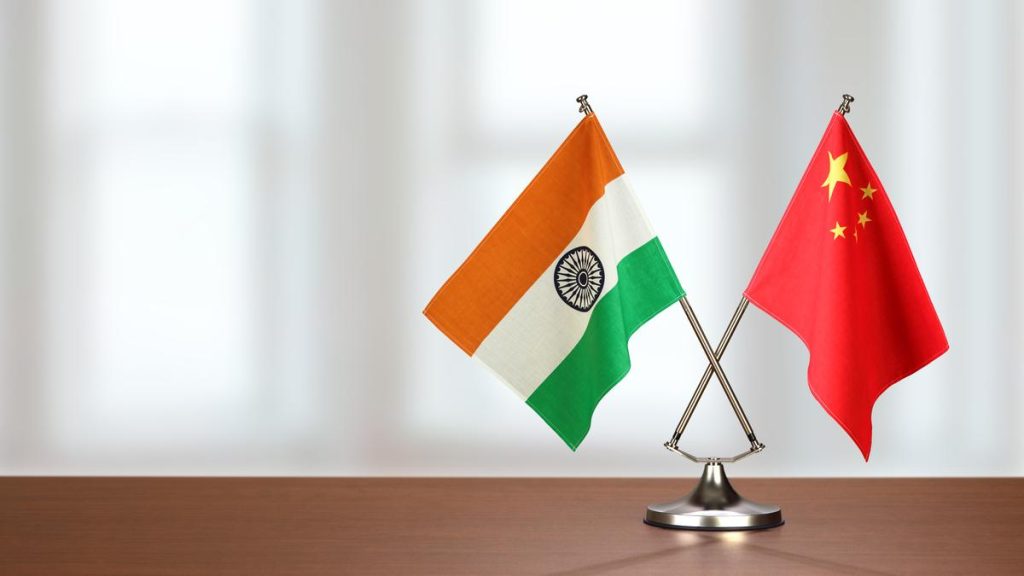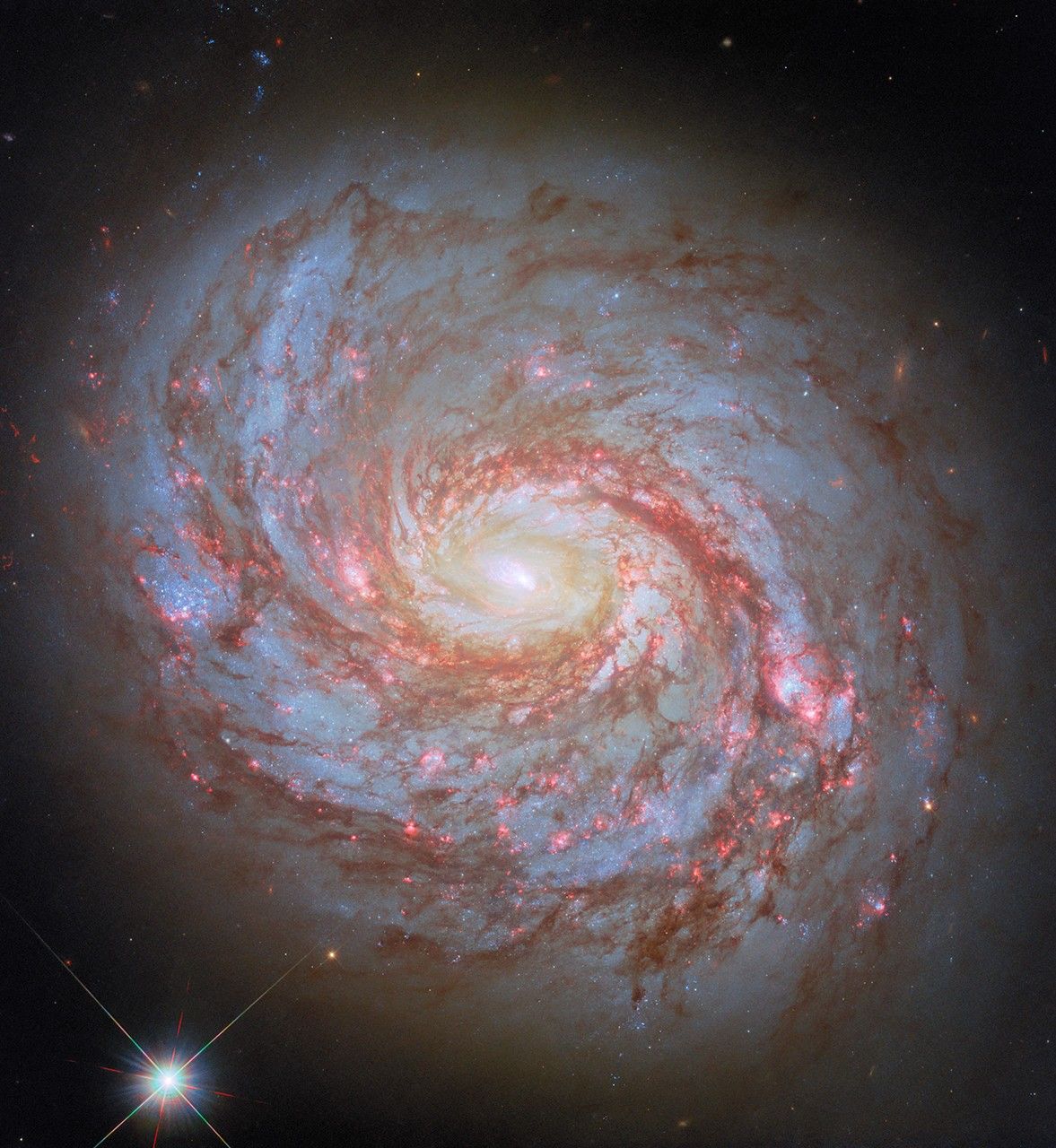Now Reading: Unveiling Mystery: The Enigma of Skull Hill Rock
-
01
Unveiling Mystery: The Enigma of Skull Hill Rock
Unveiling Mystery: The Enigma of Skull Hill Rock

Quick summary
- NASA’s Mars 2020 rover continues exploration on the Jezero crater rim, focusing on a region called ‘Port Anson’.
- A dark-toned rock, named ‘Skull Hill,’ was observed using the rover’s Mastcam-Z instrument.
- The rock contrasts its surroundings and features pits,angular surfaces,and potential embedded spherules in surrounding soil.
- Scientists are exploring whether ‘Skull Hill’ is a meteorite or an igneous rock of local origin.
- Analysis so far suggests its composition is inconsistent with typical meteorite materials like iron and nickel found by other Mars missions in Gale crater.
- Instruments aboard the rover are aiding further investigations into chemical composition too determine origins.
Indian Opinion Analysis
NASA’s continued exploration of Martian surfaces showcases how advancements in robotics aid planetary science research. The revelation of float rocks like ‘Skull Hill’ contributes to understanding geological processes on mars, offering insights into transport mechanisms or erosion effects that shaped these formations over time. For India – which has its own aspiring space program with missions such as Chandrayaan and Mangalyaan – international discoveries lay foundational data crucial for future collaborations or independent Martian studies. As nations invest more resources in space exploration,cross-referencing findings from various agencies can enrich scientific outcomes substantially while inspiring innovative technologies back home.





















